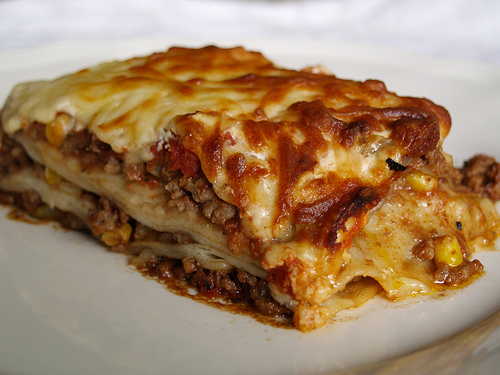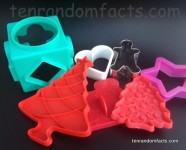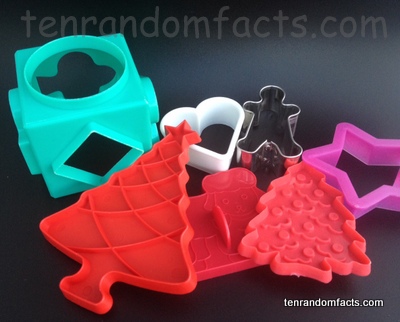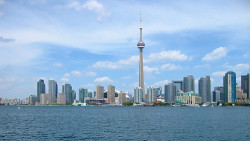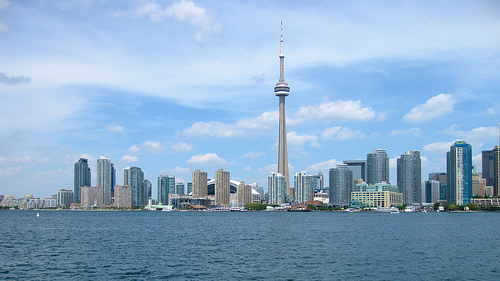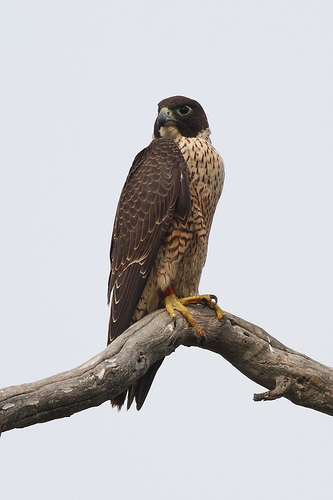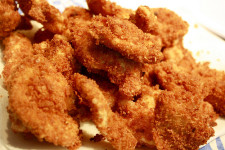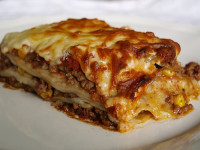
Is the lasagne making your mouth water?
- Lasagne is a type of pasta-based dish typically made using a mixture of layered pasta and sauces, and is generally served hot as the primary component of a main meal.
- ‘Lasagne’ is technically the plural term for ‘lasagna’, although both terms are not always used grammatically correctly.
- The ingredients of lasagne commonly include meat, cheese, vegetables, and pasta, and the dish typically includes a tomato based sauce.
- Lasagne possibly has its origins in Ancient Greece and Rome, as a flat bread, although the Italians in Naples are believed to have first produced the modern style dish in the medieval period.
- Classic Italian versions of lasagne generally consist of the traditional sauces, béchamel – a white sauce, and ragù – a meat and vegetable sauce, along with Parmesan cheese (Parmigiano-Reggiano).
Lasagna
Image courtesy of Elin B/Flickr
- Large sheets of rectangular shaped pasta, that are generally flat or sometimes corrugated, are most commonly used in the making of lasagne.
- The term ‘lasagne’ is thought to have originated from either the Latin or Greek languages, most likely from the words ‘lasanum’ or ‘laganon’, the former meaning ‘pot’ in Latin, while the latter meaning ‘cut strips of pasta’ in Greek.
- Lasagne is typically made by layering sheets of pasta between layers of cooked sauce; topped with grated cheese; and then baked in an oven.
- The first recipe book to feature a modern lasagna recipe, believed to have been written by an Italian and named the Liber de Coquina, ‘the book of cookery’, was published in the 1300s.
- The meat sauce used in lasagne often contains minced beef or other ground meat, although vegetarian versions are not uncommon, with layers of vegetables used as a meat sauce substitute.
Bibliography:
A Brief History of Lasagna, n.d, Pagliacci, http://www.pagliacci.com/blog/news/post/a-brief-history-of-lasagna
History of Lasagna, n.d, Jamie Oliver Blogs, http://www.jamieoliver.com/bloggers/viewtopic.php?id=79027#lEs8WDkwD4Uz1Mb2.97
Lasagne, 2015, Wikipedia, http://en.wikipedia.org/wiki/Lasagne





